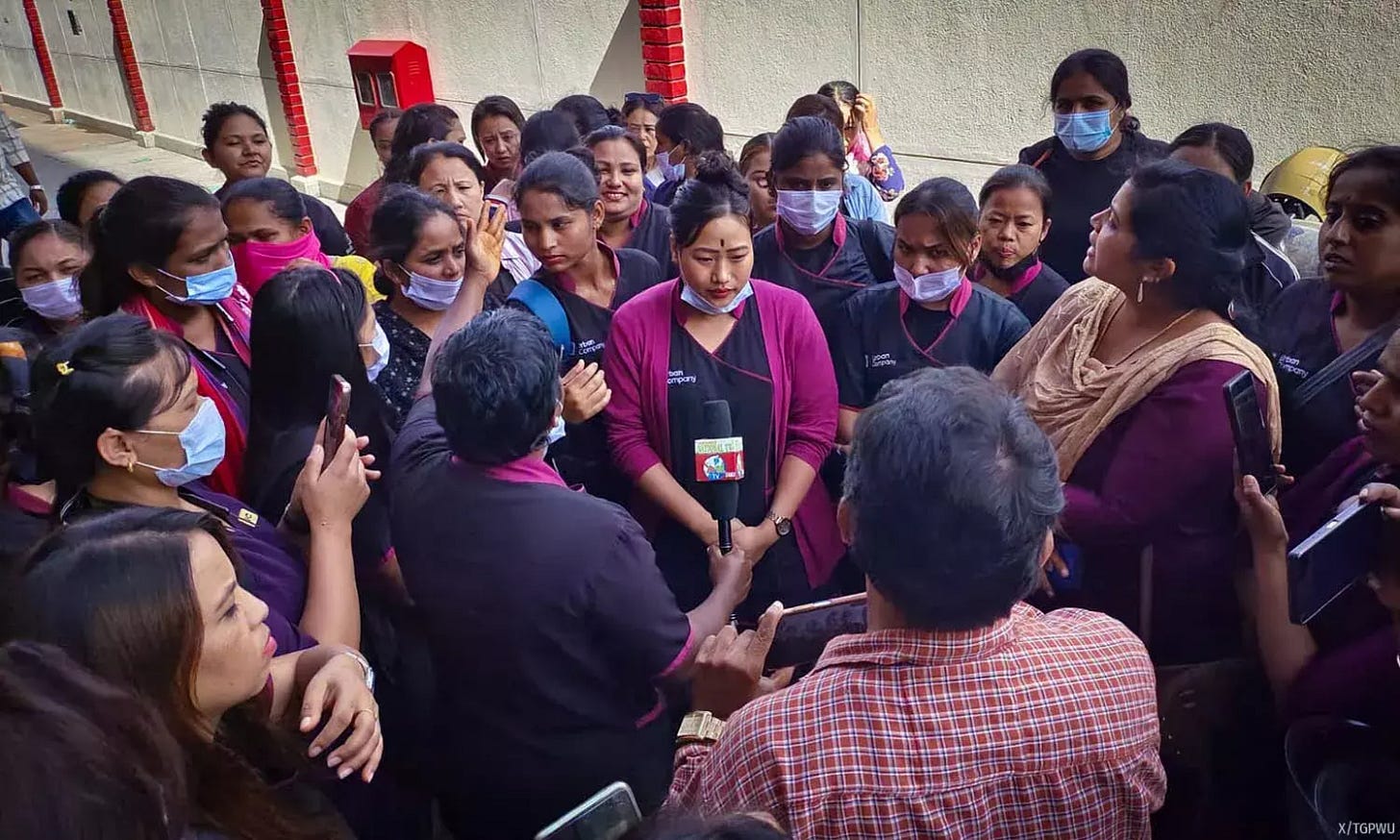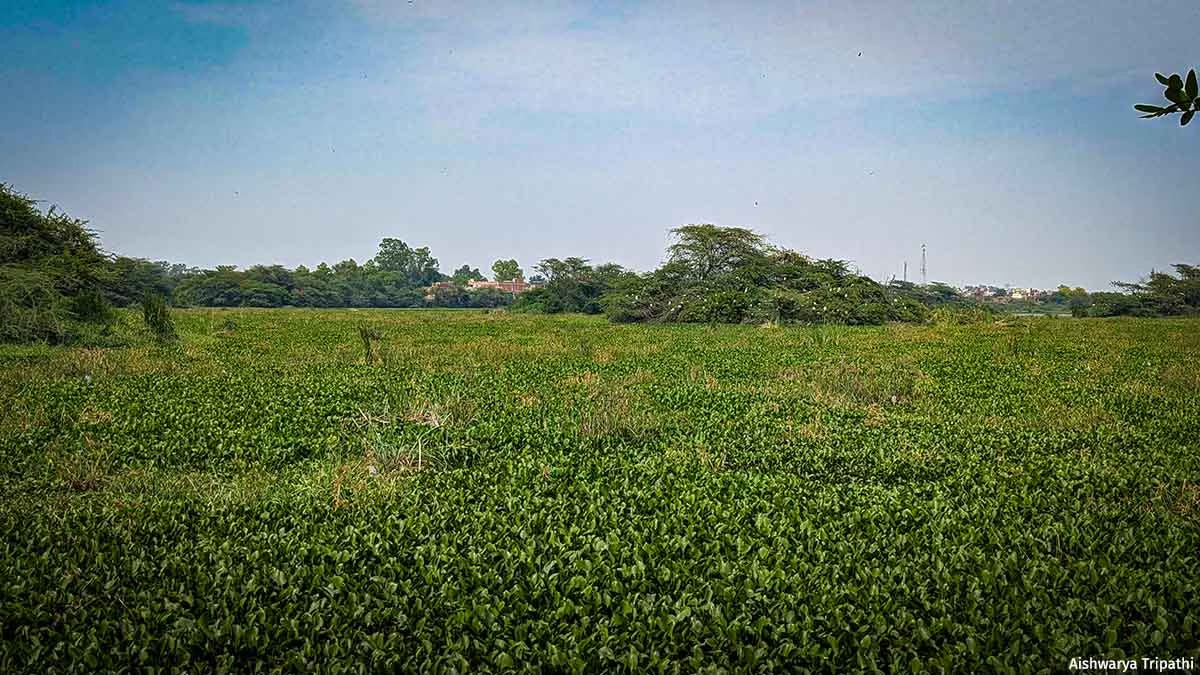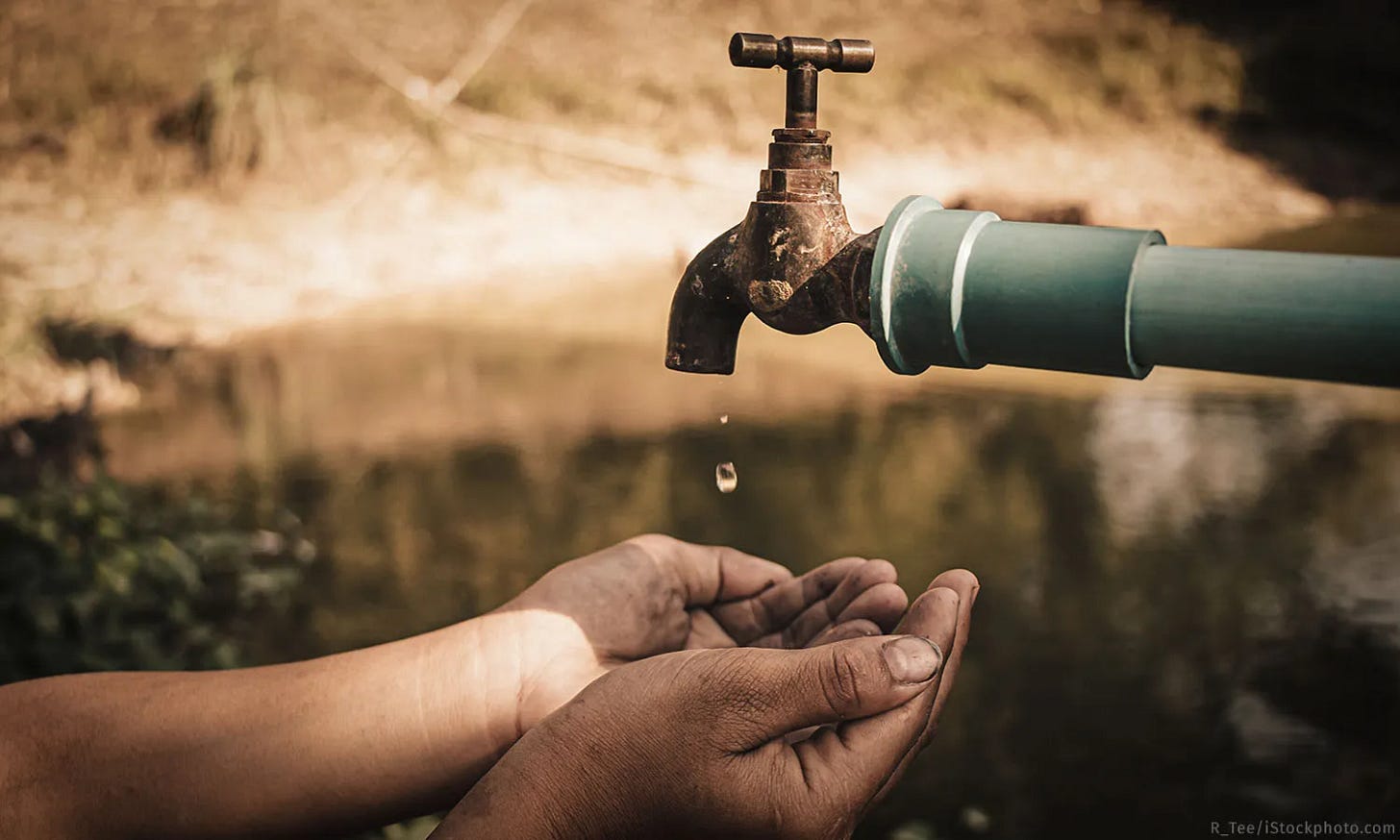Gig Work At A Crossroads
This week, Karnataka's new gig work law, the critical dry phase of wetlands, and the fallout of the groundwater crisis in Madhya Pradesh
From the struggles of India’s gig workers seeking fair entitlements, to the fraught attempts at safeguarding the wetlands of Uttar Pradesh, to Madhya Pradesh’s deepening groundwater crisis, this week’s stories capture a common thread: the gap between policy ambition and lived reality.
New laws and conservation schemes promise protection, but enforcement, clarity, and accountability remain elusive. Whether it is platform workers vulnerable to algorithmic control, villagers contesting wetland demarcations, or families walking miles for water, these accounts remind us that governance is tested not in frameworks and codes but in how effectively they safeguard precarious lives and fragile ecologies.
Karnataka’s New Gig Work Law and What It Means
India’s gig economy, projected to swell to 24 million workers by 2030, has long been marked by insecurity and protests over entitlements.
In August, Karnataka passed the Platform-Based Gig Workers (Social Security and Welfare) Act, 2025, replacing its May ordinance and covering an estimated 400,000 workers. The law mandates registration, creates a tripartite welfare board, levies a 1–5% welfare fee on transactions, and safeguards workers from arbitrary deactivation. Unlike Rajasthan’s law, which is largely limited to social security, Karnataka and Bihar’s legislations push further to address transparency in contracts, algorithmic decision-making, and grievance redressal.
Big questions remain, however: Will funds be utilised effectively, unlike the chronically under-spent BoCWA cess? Can algorithmic control really be regulated without better-trained regulators? In an interview with Shreehari Paliath, labour law scholar Saurabh Bhattacharjee of NLSIU unpacks the promise and pitfalls of India’s evolving gig work protections, and what lessons global models might hold.
Ground Truths: UP’s Fragile Battle to Save Its Wetlands
In Uttar Pradesh, efforts to conserve wetlands like Nawabganj Bird Sanctuary often focus narrowly on maintaining water levels year-round—especially to attract migratory birds and meet Ramsar site criteria. But this approach risks ignoring the ecological and social complexity of wetlands as seasonal, pulsing ecosystems that also support local communities.
Wetlands have a natural cycle of wet and dry which indicates its health. But its name is misunderstood and they are treated as something that needs to remain wet always, Ritesh Kumar, director of Wetlands International, told us.
Further, in the name of conservation, traditional users of wetlands—fishers, herders, foragers—are being labelled encroachers. Aishwarya Tripathi reports in part three of our series on UP's wetlands. Read the earlier parts here: Part 1 and Part 2
From Bhopal to Malwa: MP’s Groundwater on the Brink
In Bhopal’s gas-affected neighbourhoods, the daily scramble for a few buckets of water captures a wider crisis across Madhya Pradesh.
The state’s latest Dynamic Ground Water Resources 2024 assessment classifies Bhopal district as semi-critical: 96% of its area is recharge-suitable, yet extraction averages 79%, with Fanda block at 81%. Statewide, average extraction is 58%, but several districts now exceed what nature can replenish. These include Ratlam (134%) and Indore (119%), while Mandsaur, Neemuch, Ujjain and others hover at or above 100%.
Erratic monsoons (fewer rainy days, more intense downpours), rapid urbanisation, deforestation, leaky governance and weak rainwater-harvesting compliance are accelerating depletion. The strain is visible: Sehore declared water scarcity, halted new private borewells and restricted non-domestic use. Experts warn that MP still lacks a dedicated groundwater law and robust enforcement. Without urgent recharge, demand-side restraint and urban green-blue planning, today’s queues could harden into tomorrow’s permanent drought. Huneza Khan reports for IndiaSpend Hindi
Our stories this week, from gig platforms to wetlands to groundwater, show how numbers translate into lives: millions of workers, thousands of lakes, billions of cubic metres of water. It is worth remembering that behind each statistic are people navigating uncertainty and scarcity.
At IndiaSpend, we’ll keep bringing you data-driven reporting that connects policy to everyday realities. See you next week; be well, stay safe.





